Juan L. Luque
Temporal EigenPAC for dyslexia diagnosis
Apr 13, 2021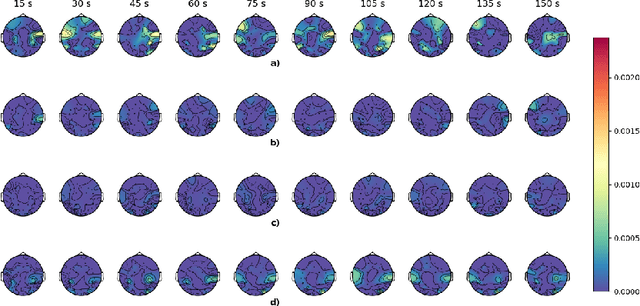

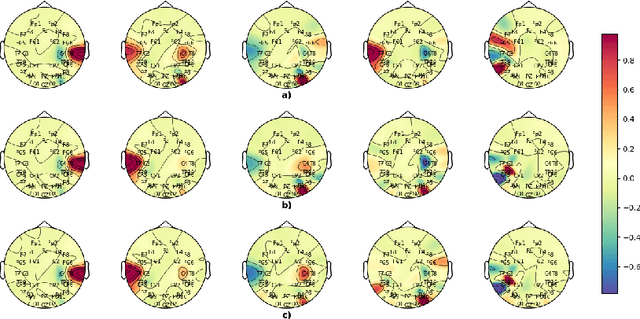
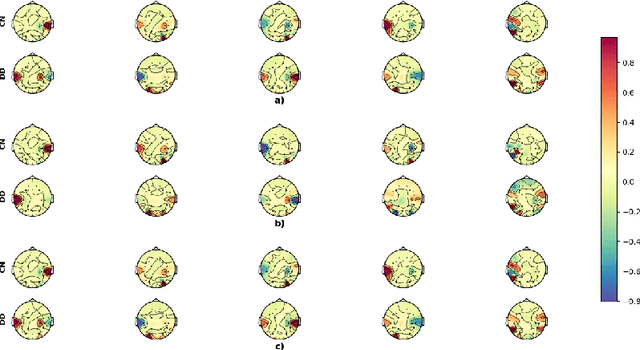
Abstract:Electroencephalography signals allow to explore the functional activity of the brain cortex in a non-invasive way. However, the analysis of these signals is not straightforward due to the presence of different artifacts and the very low signal-to-noise ratio. Cross-Frequency Coupling (CFC) methods provide a way to extract information from EEG, related to the synchronization among frequency bands. However, CFC methods are usually applied in a local way, computing the interaction between phase and amplitude at the same electrode. In this work we show a method to compute PAC features among electrodes to study the functional connectivity. Moreover, this has been applied jointly with Principal Component Analysis to explore patterns related to Dyslexia in 7-years-old children. The developed methodology reveals the temporal evolution of PAC-based connectivity. Directions of greatest variance computed by PCA are called eigenPACs here, since they resemble the classical \textit{eigenfaces} representation. The projection of PAC data onto the eigenPACs provide a set of features that has demonstrates their discriminative capability, specifically in the Beta-Gamma bands.
Modelling Brain Connectivity Networks by Graph Embedding for Dyslexia Diagnosis
Apr 12, 2021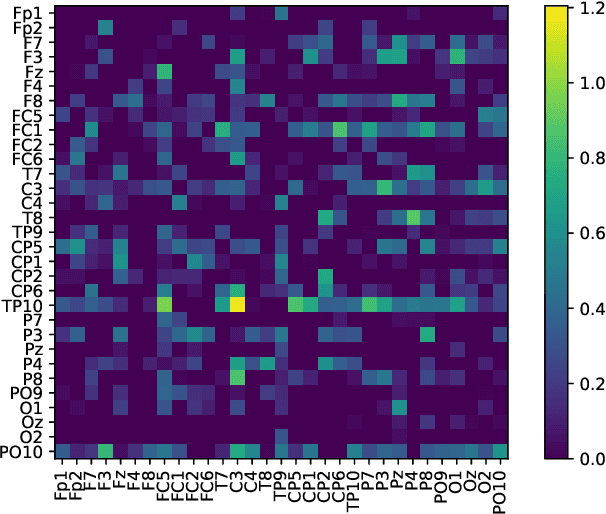
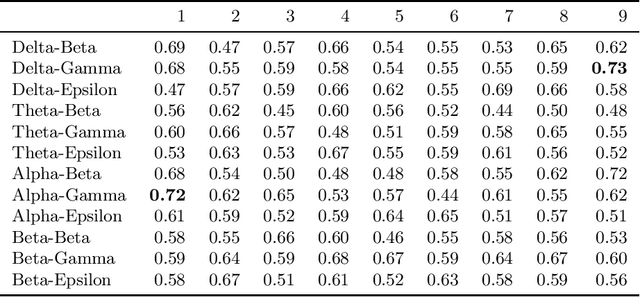
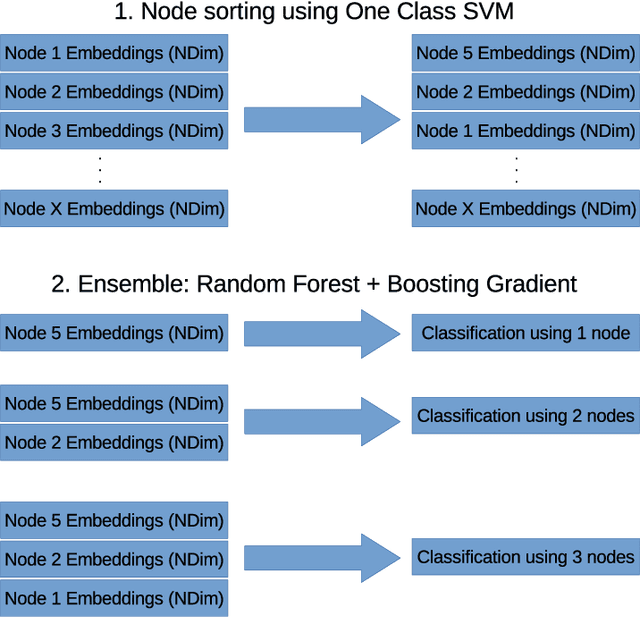
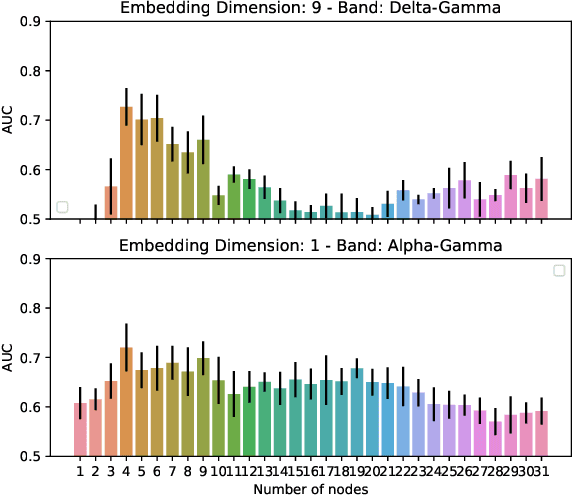
Abstract:Several methods have been developed to extract information from electroencephalograms (EEG). One of them is Phase-Amplitude Coupling (PAC) which is a type of Cross-Frequency Coupling (CFC) method, consisting in measure the synchronization of phase and amplitude for the different EEG bands and electrodes. This provides information regarding brain areas that are synchronously activated, and eventually, a marker of functional connectivity between these areas. In this work, intra and inter electrode PAC is computed obtaining the relationship among different electrodes used in EEG. The connectivity information is then treated as a graph in which the different nodes are the electrodes and the edges PAC values between them. These structures are embedded to create a feature vector that can be further used to classify multichannel EEG samples. The proposed method has been applied to classified EEG samples acquired using specific auditory stimuli in a task designed for dyslexia disorder diagnosis in seven years old children EEG's. The proposed method provides AUC values up to 0.73 and allows selecting the most discriminant electrodes and EEG bands.
 Add to Chrome
Add to Chrome Add to Firefox
Add to Firefox Add to Edge
Add to Edge